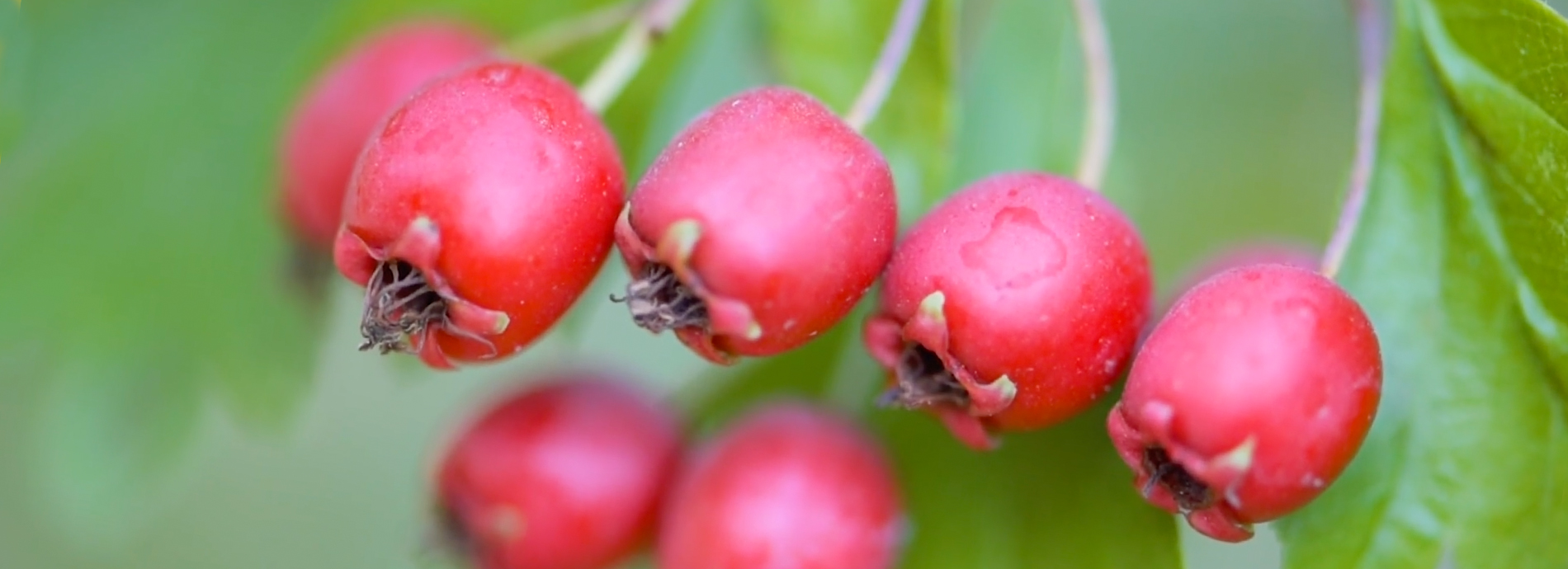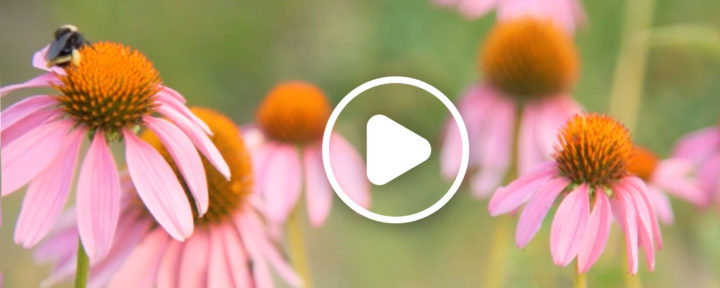A member of the Rose family, Hawthorn is considered to be one of the wildest, most sacred and enchanted trees, rich in folklore and legend. Botanically speaking, this plant is part of the genus Crataegus. There are thousands of species of Hawthorn around the world.
Gnarled and thorny, this tree was planted in Roman times as a living hedge and as fencing for pastures; it is a tree that not only establishes boundaries but also provides food and shelter to birds and other wildlife. The leaf, flower and berry are most commonly used in herbalism.
Hawthorn leaf and flower are collected in the spring around Beltane, or May Day. Another name for Hawthorn is Mayblossom, a nod to the time of year that the flowers bloom. The flowers are beautiful, but their smell is somewhat off-putting, as they are pollinated by flies and insects that are attracted to carrion (decaying flesh).
The berries are collected in autumn when they are plump and juicy; their color can vary from bright red to deep purplish-red. When collecting the berries, always be sure to leave some for the birds and other wildlife, as this is a valued food source as winter approaches.
Hawthorn promotes healthy heart and circulatory function.* It also has a long history of use to support the emotional heart. It has been used to address heartache of all kinds, and to help open the heart to forgiveness.* The thorns are often carried as talismans.
Hawthorn was historically used in celebrations of marriage, fertility and the abundance of spring, so there are numerous myths and stories surrounding this tree. One of our favorites is the Welsh story of Olwen, who is said to have walked the empty universe, leaving a white track of Hawthorn petals that became the Milky Way.
Herb at a glance
Botanical name: Crataegus spp.
Common name(s): Hawthorn
Plant family: Rosaceae
Native habitat: Europe
Parts used: berry, leaf and flower
Botanical description: Flowers are white with five petals and numerous stamens; berries are red to purplish red; stems possess sharp thorns
Use(s): promotes healthy heart and circulatory function.*
Flavor profile: aromatic and fruity and a little sour with a slightly astringent mouthfeel.




